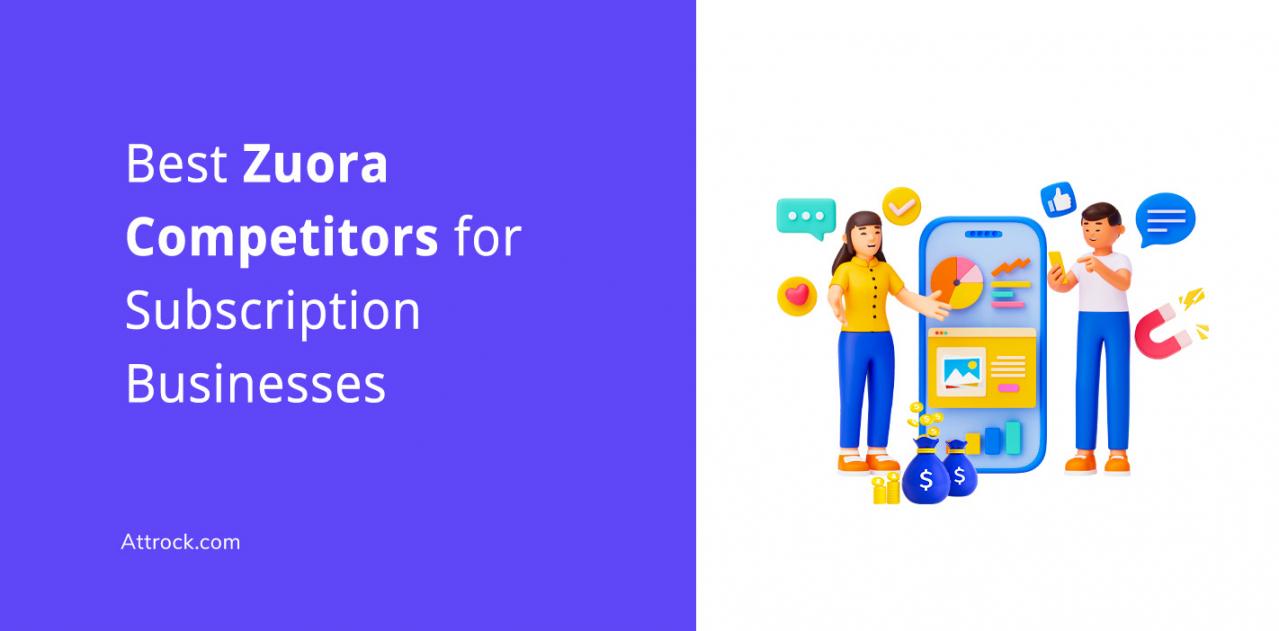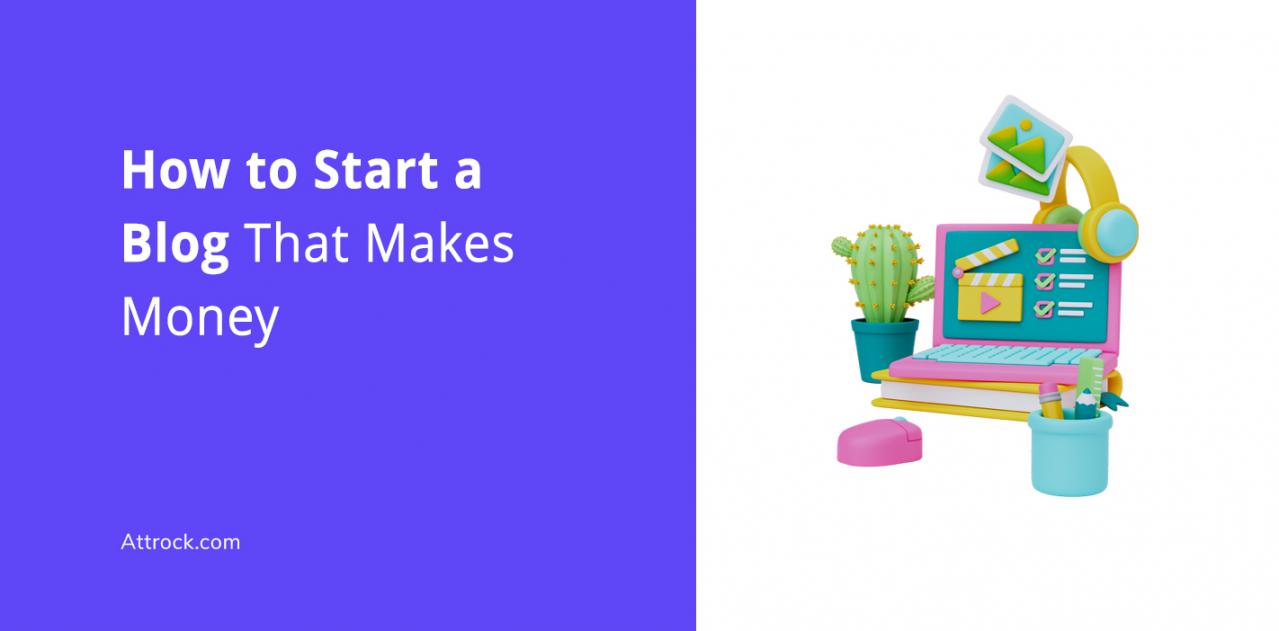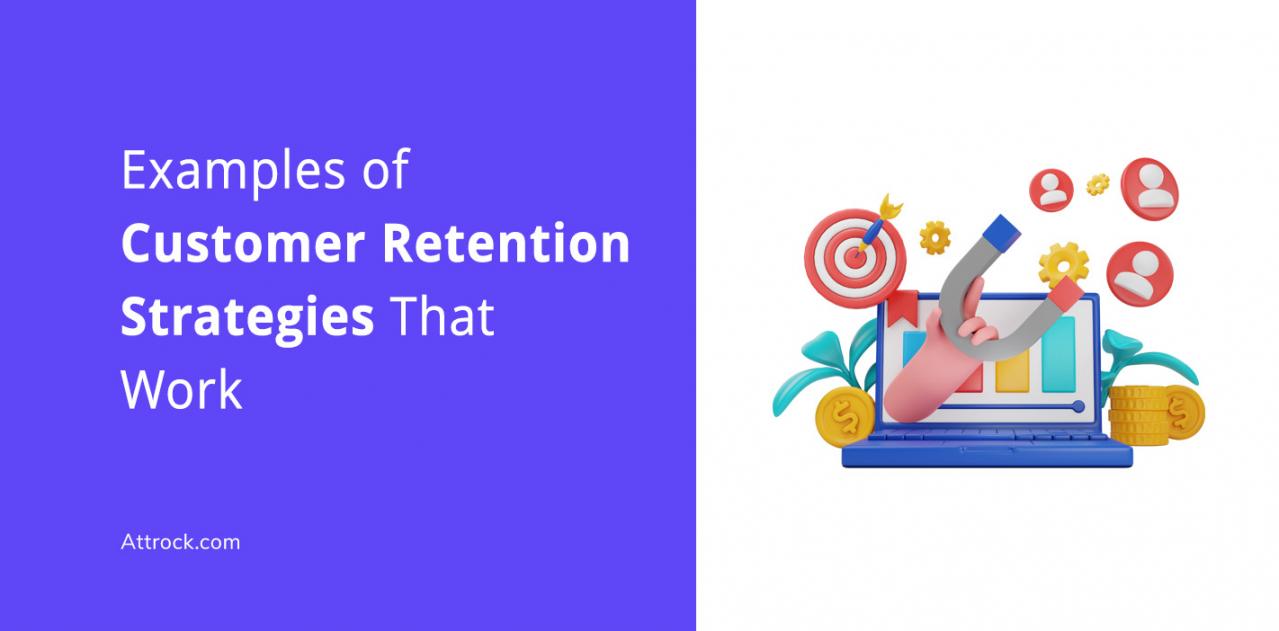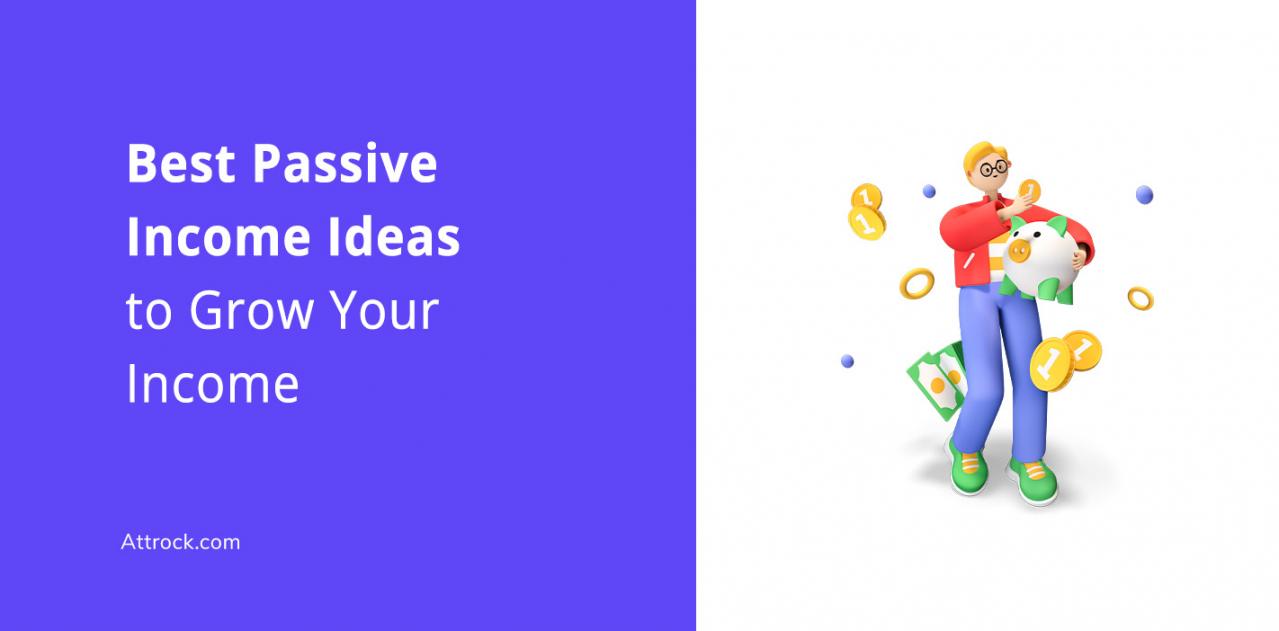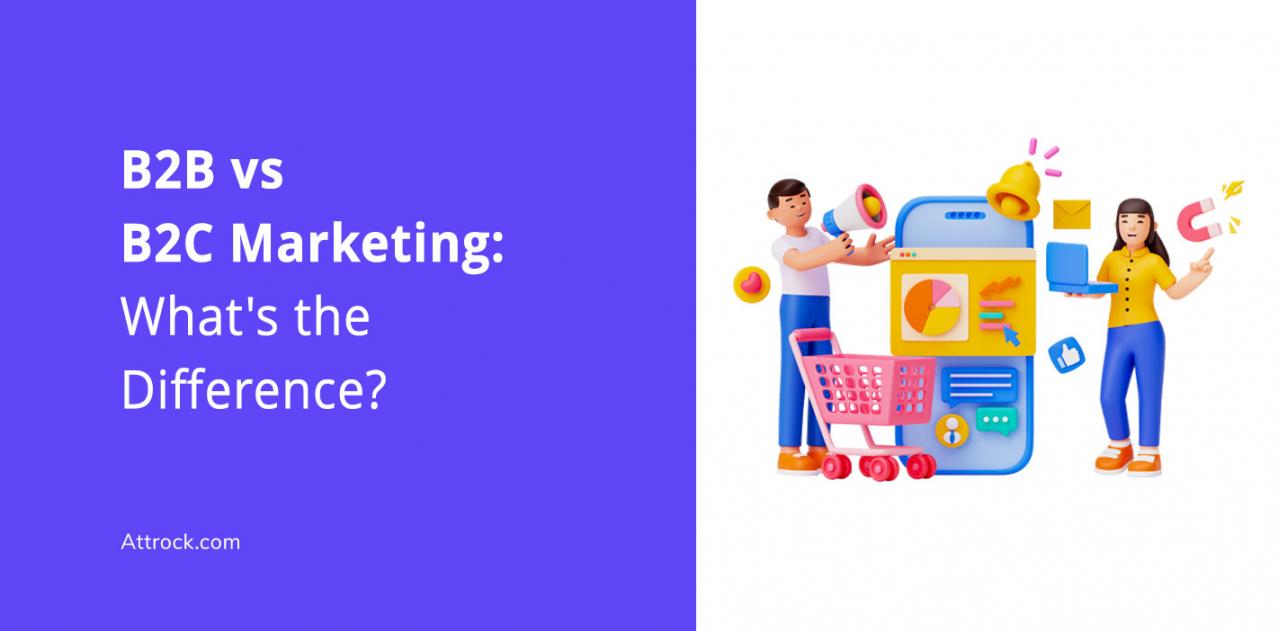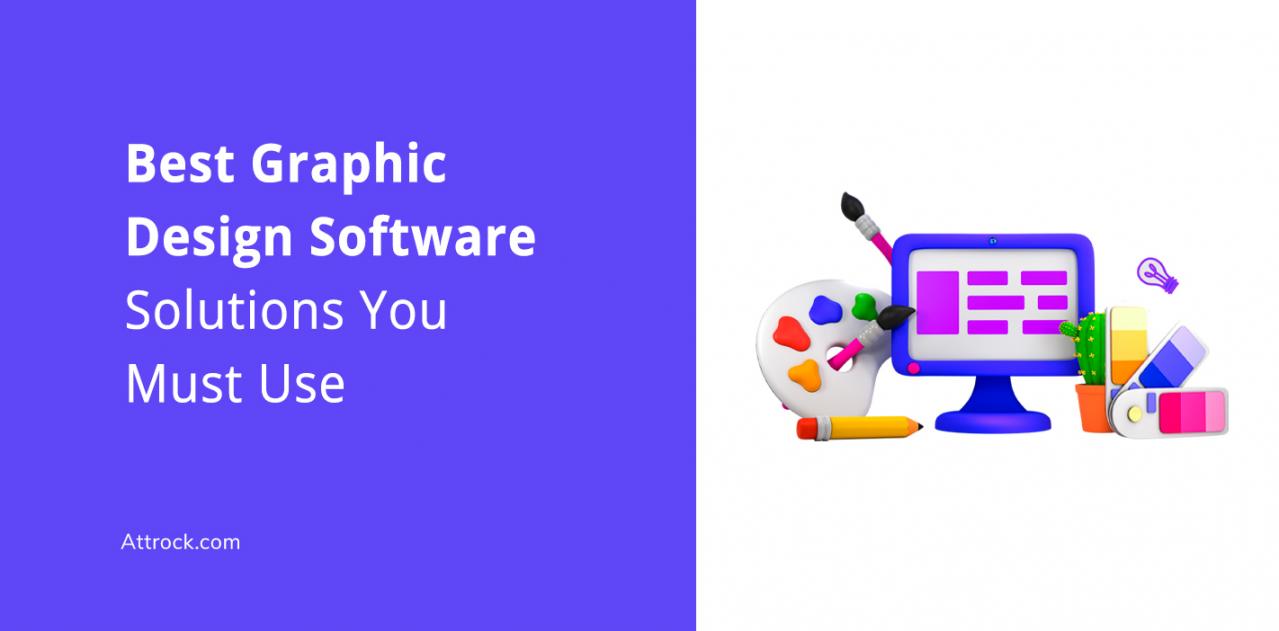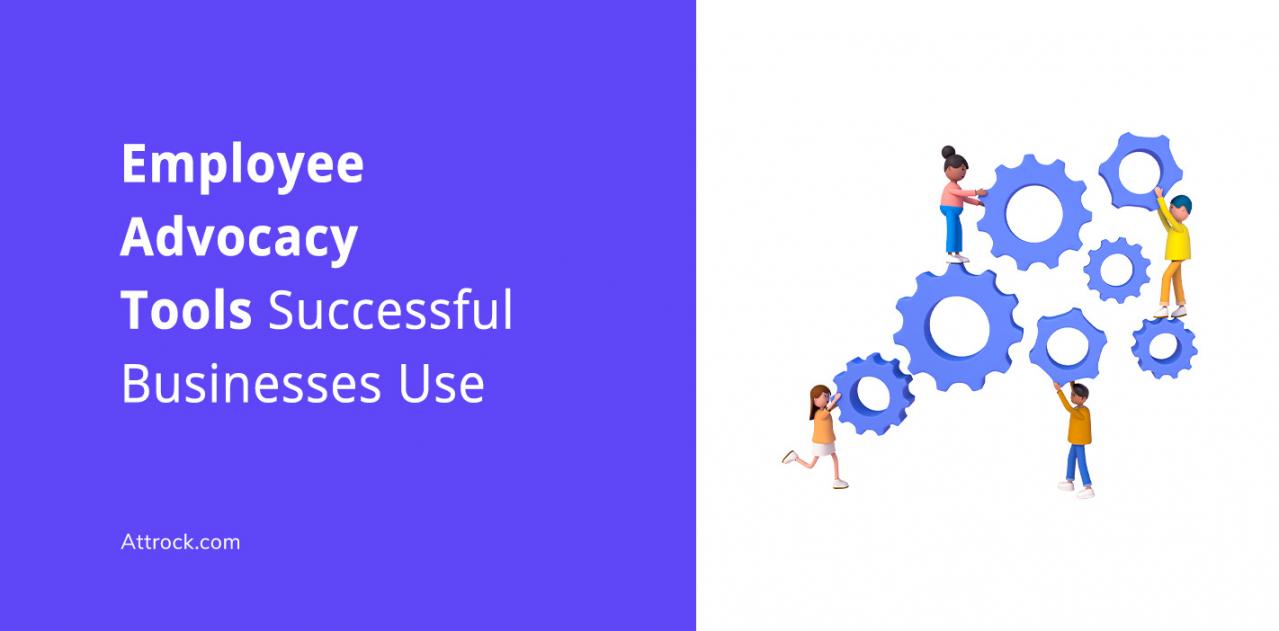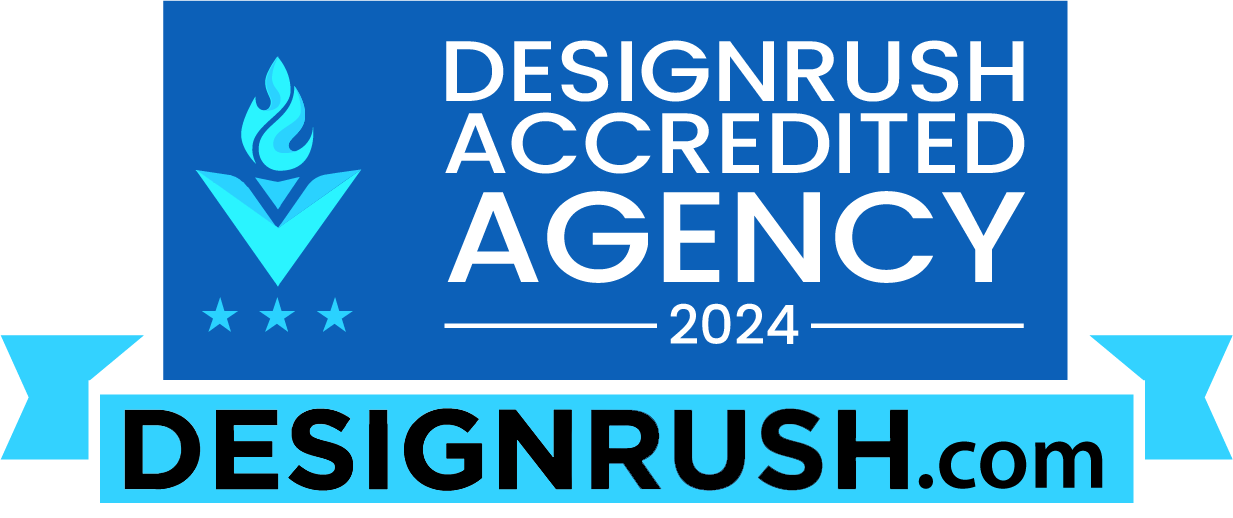Want to stand out and capture your audience's attention?
Learning how to create graphics is essential to improve your engagement with your customers online. Graphics are an easy way to market your products and differentiate yourself from competitors.
Graphics visually communicate your brand's message and can inspire customers to take action without using too many words.
Furthermore, graphics allow you to manipulate imagery, elements, and content into compelling formats you can use to tell your brand story.
They can help you clearly communicate product or service benefits and the reason why customers should believe in your brand.
What's more?
You can use them to shape perceptions, build brand identity, gain market share, and boost conversions.
And guess what?
According to a survey by Piktochat, 81% of business organizations use different formats of graphic design in their marketing campaigns.
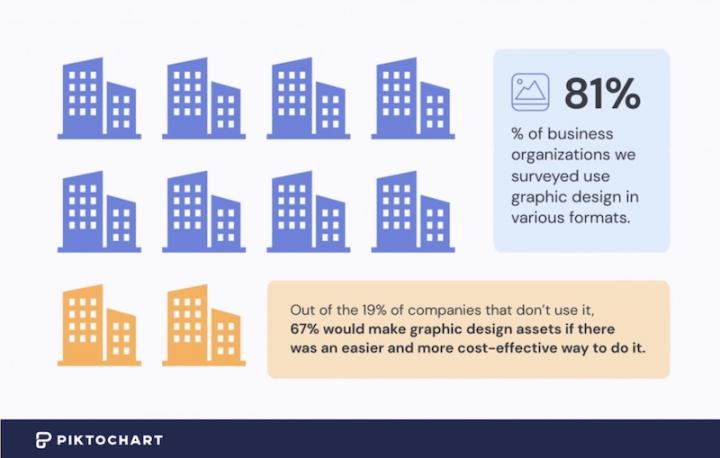
Image via Piktochart
So, do you use graphics in your marketing strategy?
And if you do, do the graphics help you engage customers and potential buyers?
If they don't, this post will show you how to create graphics for your marketing.
But first, let’s take a look at the types of graphics you can create to boost engagement.
Disclaimer: This content contains some affiliate links for which we will earn a commission (at no additional cost to you). This is to ensure that we can keep creating free content for you.
Table of Contents
Types of Graphics You Can Use to Engage Customers
As a business owner, knowing how to create graphics is a valuable skill. Graphics enable you to communicate your brand’s purpose, products, and why a customer should choose you over your competitors.
You might argue that text can achieve the same. However, when learning how to create graphics, you'll discover that incorporating visuals increases the chances that your audience will remember your brand.
For example, if you consistently leverage certain visual elements in all your graphics, your audience can associate your brand with them irrespective of the channel on which they see those graphics.
But what kind of graphics can you create to engage your customers?
How to create graphics to increase engagement across all marketing channels include:
- Static graphics with images
- Motion graphics like videos, GIFs, animations, etc.
- Marketing graphic designs like brochures, ads, infographics, banners, etc.
- Designs used on packaging including logos, typography, and color palettes.
- Publication graphics in catalogs, newsletters, reports, books, etc. These can include illustrations, ads, photos, etc.
When learning how to create graphics, you should ensure consistency in them so that your customers can recognize them with ease.
You must also make sure that these graphics have elements that can catch the attention of your customers. This can help you engage them well.
That said, knowing how to create graphics that truly capture customer attention is a whole different challenge.
These tactics mentioned below will help you master how to create graphics.
Tactics You Can Use to Engage Customers with Graphics
Including well-designed graphics in your marketing strategy can help you stand out on your audience's screens and grab their attention.
However, the trick to enjoying all the benefits graphics can offer lies in knowing how to create graphics that truly resonate with your audience.
In this post, we will examine how you can engage your customers with graphics and get them to act the way you want.
Read on to discover simple tactics.
1. Design Graphics with Engagement in Mind
Want to engage your customers with graphics and have them take action?
The first step is knowing how to create graphics with a clear goal in mind for each one.
Determining goals gives you direction and something to work towards.
It ensures you understand your expectations and aspirations, thus increasing the accuracy of the proposed elements you wish to include in your designs.
What’s more?
It makes it easy to track whether your graphics deliver the expected results. Understanding how to create graphics with purpose helps you identify crucial engagement metrics that help you measure the effectiveness of your graphics.
For example, this graphic has one objective and prompts the target audience to take a specific action – to save with great discounts. Featuring Tracee Ellis Ross' in the image makes it even more appealing.

Image via ConvertFlow
2. Customize Your Graphics
It will be hard to engage your customers with graphics if you don't understand who they are, what they care about, their values or beliefs, and why they would need your products.
The more information you can find about them, the better equipped you will be to learn how to create graphics that truly resonate with their needs.
But how can you go about it?
Start by identifying whom the designs are for so that you can include elements that they find appealing.
These include elements such as typography, colors, and images. All of these are crucial when learning how to create graphics that work.
For example, if your target audience is B2B clients, then you may want to give your graphics a corporate feel with serif fonts to engage them. If you're designing graphics for social media channels, using an image enhancer to improve the image quality to 4K can be very beneficial.
Alternatively, if your target audience is kids, learn how to create designs that are fun. To simplify this process, you can leverage a tool like Colorcinch that can easily cartoonify your own images to make them appealing to kids.
On the other hand, color influences emotions and moods, so teach yourself how to create graphics that utilize colors that match your brand colors.
However, besides ensuring your brand colors appear in each design, you need to include colors that drive action in your campaigns.
Not sure what colors you should use if you want to create social media graphics?
You could choose to hire a skilled graphic designer who can take care of it all. However, if that doesn’t seem feasible, you could always upskill yourself by enrolling in a digital media course and learning how to create graphics on your own.
This way, you can learn what it takes to become a graphic designer and the elements you should leverage when learning how to create graphics that communicate your brand story effectively.
3. Adjust Designs to Different Platforms
Figuring out how to create graphics that engage your customers is half the journey. You still need to adjust them according to the platforms you use.
Why?
Each platform has different dimensions for graphics and a varied audience too. As a result, it will be hard for one graphic to span every platform and drive engagement effectively.
So, how do you learn how to create graphics that engage for each platform?
You need to understand the unique workings of each platform, then adjust your graphics depending on the rules and users who use it.
For instance, create light, humorous, informal, and bright designs if you plan to engage customers on Instagram or Facebook.
On the other hand, LinkedIn is a more professional platform. When learning how to create graphics for the platform, it's important to opt for conservative and formal designs to maintain professionalism and appeal to your audience.
What about email?
Yes, you can make your email designs engaging by including interactive features. These features help you learn how to create graphics that enable your message to reach people more effectively.
For example, adding animation, hotspots, dynamic content, etc., can help your cause. Note how the below email contains graphics that make it more engaging.

Image via Really Good Emails
However, creating and sending out emails in bulk is no mean deal. You would need an email marketing platform like Mailchimp or other alternative email marketing services to do so. Without them, managing your email campaigns well wouldn’t be possible.
For example, with Mailchimp, you can insert animated GIFs into campaigns, embed quizzes or polls, and more. Learning how to create graphics like these makes your campaigns more interactive.
4. Make Designs Responsive
Different platforms have preferred image dimensions. You need to know how to create graphics for each if you want to engage your customers effectively.
This way, you can create sensational designs that are clearly visible and communicate your message effectively.
And guess what, if you are not familiar with the requirements for each platform, you can leverage design tools like Canva that give you pre-sized templates designed for each.
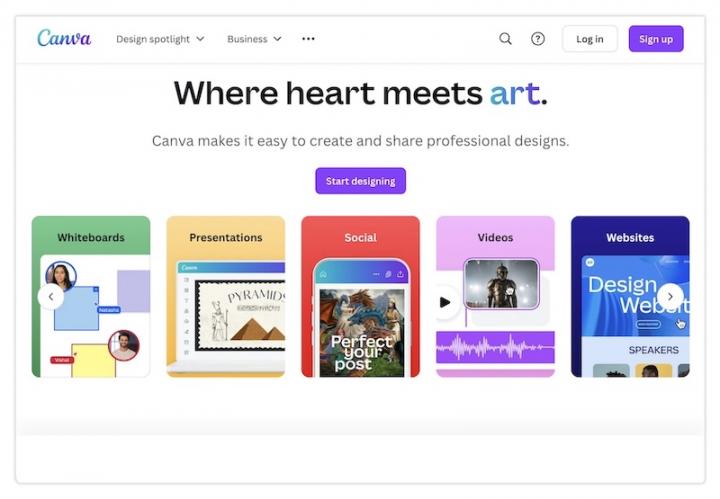
Image via Canva
Next, ensure your designs load properly on both desktop and mobile devices so they can be legible. These are essential tips when learning how to create graphics for marketing campaigns.
What's more?
In cases where users experience slow connections, make it fun for them to wait for your pages to load.
What does this mean?
Design graphics that display and engage your customers as they wait for the page to load.
For example, Teamline, the project management app from Slack, greets users with quotes or nice words as they wait for tasks to load.
It also shows a skeleton bar where the current task shows up as the screen pre-populates. Learning how to create graphics like these triggers curiosity and builds momentum for your content.

Image via Teamline
Then finally, to ensure images load fast, learn how to create graphics that can be optimized by compression tools like TinyImage. Such a tool would help you reduce your image sizes while keeping the quality intact.
Doing this ensures that images you upload on different devices load properly, remain clear, and communicate your messages effectively.
Mastering how to create graphics that are both visually appealing and optimized is key to boosting engagement.
5. Use Graphics on Your Website
Graphics capture a reader’s attention faster than text. Learning how to create graphics with relevant images, videos, and infographics helps capture the attention of website visitors, encouraging them to pause and engage with the content. This increases the chances they'll explore more of your website if the graphics resonate with them.
What's more?
Knowing how to create graphics that are engaging leads to more social shares, comments, conversions, etc.
Other reasons for having different kinds of graphics on your website include the following:
- Brand identity: Using familiar color schemes in your website graphics that align with your branding helps reinforce your business identity, making a lasting impression on visitors.
- Navigation: Knowing how to create well-designed graphics can improve navigation on your website. For example, adding linked images instead of category labels in your landing pages makes the website more user-friendly.
- Visual appeal: A website without any images can appear dull and uninviting. Using the right graphics can transform the aesthetic appeal of your website.
- Professionalism: Incorporating high-quality graphics conveys professionalism to your website visitors.
6. Bring Variety in Designs
Using one type of graphic for each of your posts can bore your audience or make your social feeds dull. The secret is knowing how to create graphics of diverse styles that make your website and social feeds entertaining.
For this reason, you need to engage your customers with graphics that make your website and social feeds entertaining.
Some of the graphics you can leverage include:
- Photos that feature design elements
- Illustrations
- Text-centric graphics. For example, images featuring quotes.
- Infographics
- Charts
- Data visualizations
- GIFs
- Animation
But note that despite the need to use various types of graphics, you also need to make them visually appealing.
Engage your customers with graphics that evoke their emotions, memories, experiences, etc.
Secondly, make your graphics relatable so that your audience can enjoy interacting with them, feel inspired to engage, and share them.
7. Integrate Emotion
What's the one advertisement or post you remember fondly?
Did it make you sad, happy, or is it like a catchy song you can’t get out of your head?
Knowing how to create graphics good enough to appeal to human emotions is crucial. This can help influence your customers to behave in a certain way.
It's easy to integrate emotion into your graphics if you leverage available design tools and technologies.
You can combine stunning visuals, a powerful voiceover, and music to build a story that makes people happy, scared, excited, or sympathetic.
Another way to create graphics is to integrate technology. This could be 360-degree photos and promo videos, augmented reality, 3D, kinetic typography, and virtual reality.
For example, you can leverage emotional graphics to create:
- Online ads: These include TV ads, social media ads, or Google ads.
- Explainer videos: These include overviews, tutorials, introductions, etc.
- Promotional videos: These include product reviews, testimonials, viral videos, etc.
- Branded videos: These can help you showcase your culture, employees, causes, etc.
- Social videos: These can cut across social platforms and help you either entertain or educate your audience.
- Sales video content: These include communications from the sales team, company announcements, product information, etc.
For an intriguing example, check out this 3-minute motion graphic that explains how Bitcoin works. It uses amazing graphics to explain a complex issue simply and helps engage the customers.

Image via Vimeo
8. Maintain Consistency in Graphical Elements
Another crucial tip you need when learning how to create graphics is consistency. You must remain consistent with your branding.
What does this entail?
Have a single theme to align with all your designs or your brand identity. For example, the fonts you use, color schemes, campaign layouts, etc.
They should be similar across graphics you create or share.
But why should you do this?
Being consistent not only reflects your professionalism but also makes it possible for your customers to recognize your brand from any platform.
Additionally, doing this ensures each campaign you create blends seamlessly, grows familiarity with customers, and boosts engagement.
Take, for example, Dollar Shave Club's consistent use of the same graphics, colors, and typography.
Their customers would instantly recognize their visuals from any social platform or website on which they see them. At the same time, they’re designed such that they engage them well too.
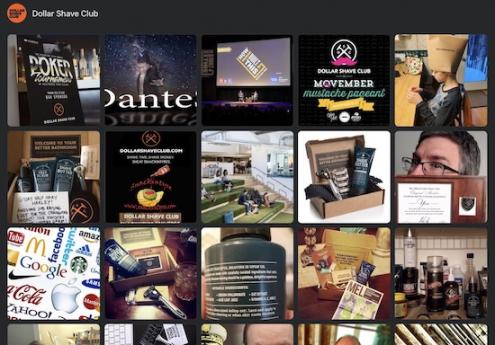
Image via Dollar Shave Club
And guess what?
Having a consistent theme can help your brand stand out while also impacting whether or not customers eventually buy from you.
It also acts as a reflection of your brand, and if it's inconsistent, disconnected, or inaccurately reflects your brand, it stops telling your brand story.
This then makes it hard for you to establish connections with those you want to reach. It also makes it hard to inspire interactions or engagement with any of your designs.
Luckily, by remaining consistent, you can establish relationships, improve your brand experience, and supercharge your lead generation efforts.
9. Ensure Text in Graphics is Readable
Customers today either skim or scroll through their social feeds until they find something that catches their eye.
But there lies the problem.
You may have a beautiful design that stops them on their tracks, but if they can't read the text at a glance, they'll keep scrolling.
It also means that they may not engage, and if they do, their comments may be negative.
To prevent this, learn how to create graphics that communicate directly to people.
Engage your customers with graphics by making your text easily scannable. This means using easy-to-read font types, sizes, and colors.
Most importantly, avoid cluttering your graphics with too many elements.
There should be some white space between all elements to make your graphics easy on the eyes. Doing this also makes your graphics readable and easily digestible.
For example, check out how REESE'S from the HERSHEY’s uses readable text that you can digest even without clicking on individual images. This can help engage their customers.
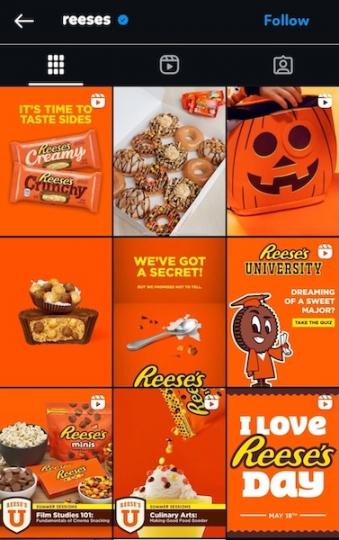
Image via Instagram
Additional Tips for Creating Amazing Graphics
In addition to the tips we've covered, here are some more valuable insights on how to create graphics that stand out.
- Use quality images: When exploring how to create graphics, use high-resolution images that are not blurry. Ensure every important detail is visible on web and mobile interfaces.
- Employ consistent branding: Never miss the opportunity to use your brand colors and fonts when exploring how to create graphics. This reinforces your brand image in the minds of your visitors.
- Make use of white space: Add white space wherever possible to make the graphics designs stand out.
- Use legible text: Anytime you add text to your visuals, ensure the fonts are thick and easily readable.
- Consider different-abled people: Check contrast, font sizes and incorporate alt text into your graphics to improve accessibility and inclusivity.
FAQ
Q1. How can I make a graphic for marketing?
A. You can make graphics for marketing by following these quick tips:
- Defining the goals you intend to achieve with the graphics
- Collecting resources like stock images
- Finding an appropriate graphic design software
- Creating initial sketches of your design
- Editing it
- Publishing the final result
Q2. What free software can I use to create marketing graphics?
A. Canva and Adobe Express are popular choices for making stunning graphics without needing design experience. It’s easy to use and has lots of professionally designed templates.
Q3. Which type of graphic design is used to engage and promote products to customers?
A. Marketing design is what captures attention and builds connections with customers. This includes social media posts, ads, banners, and packaging.
Q4. How do I start graphic designing?
A. When learning how to create graphics, start by exploring free design assets and trying out templates to learn the basics. Watch tutorials online to pick up design skills like working with color, text, and layouts.
Q5. How long does it take to learn graphic design?
A. It depends on how much time you spend learning and practicing. Some people pick up the basics in a few weeks. The more you practice and experiment, the faster you’ll improve.
Ready to Engage Your Customers with Graphics?
As you can see, knowing how to create graphics is vital for customer engagement. When you combine creativity and the right designing software, you can evoke emotions that spur action. Doing this makes it easy for your customers to get familiar with your designs, and recognize, and engage with them.
However, in the quest for engagement, don’t compromise on quality. Always produce eye-catching graphics for your landing pages that cater to the needs of your audience.
Do you have any questions on how you can engage your customers with graphics? Are you looking for more insights on how to create graphics for your marketing efforts? Comment below, and we can offer more tips and tactics you can leverage.
Disclaimer: This content contains some affiliate links for which we will earn a commission (at no additional cost to you). This is to ensure that we can keep creating free content for you.







